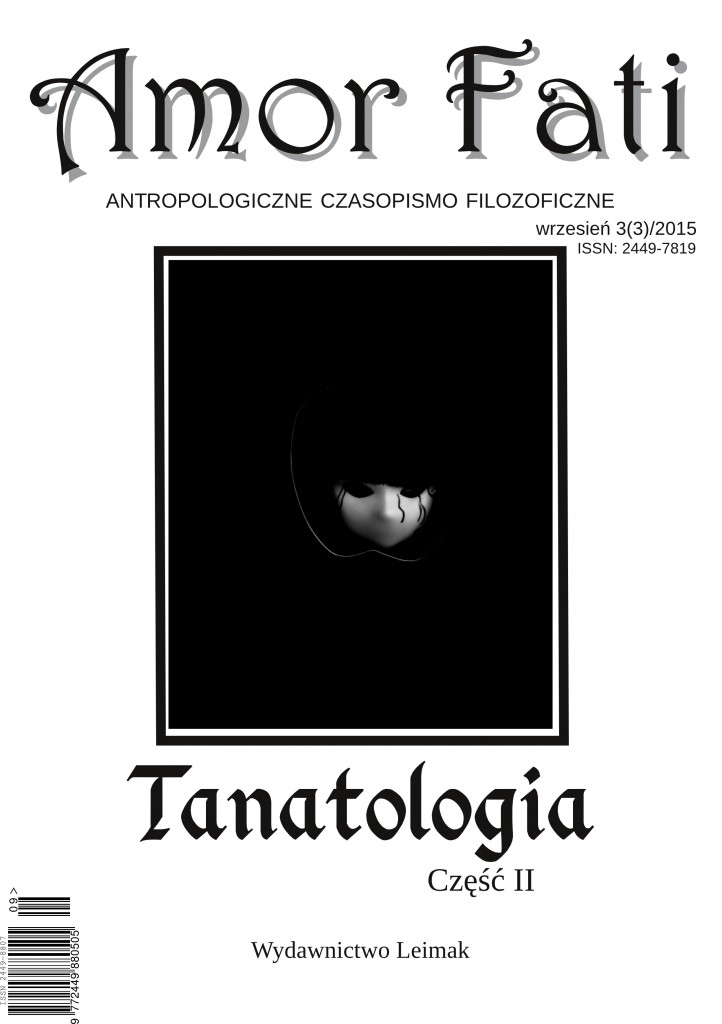„Nie znajdziesz tam niczego, prócz śmierci” . Symbole tanatologiczne w twórczości Williama Blake’a (na przykładzie poematu „Czterej Zoa”)
“Deadly nought shalt thou find in it”. Thanatological symbols in William Blake’s works (for example of “Vala, or The Four Zoas”)
Author(s): Agnieszka Osińska-SzpurSubject(s): Language and Literature Studies, Studies of Literature, Theory of Literature
Published by: Fundacja „dzień dobry! kolektyw kultury”
Keywords: water; deaths door; grave; Eternity; Albion
Summary/Abstract: The purpose of this thesis is to present, discuss and interpret the thanatological motifs and themes in William Blake’s poem “Vala, or the Four Zoas”, regarded as crucial in understanding his extraordinary vision of the world, the concept of "The Fall" and salvation. The analysis comprises the following ideas and characters of Blake’s mythology: “Eternal Death”, symbolizing dying and the watery kingdom of Tharmas, “ressurection in death”, dissolution of Four Zoas and separation from their female Emanations. The article was enriched with illustrations by William Blake depicting various images of death with the refer-ence to his literary works such as: “For the Sexes: The Gates of Paradise” or “Jerusalem. The Emanation of the Giant Albion”.
Journal: Amor Fati
- Issue Year: 3/2015
- Issue No: 3
- Page Range: 19-42
- Page Count: 24
- Language: Polish

